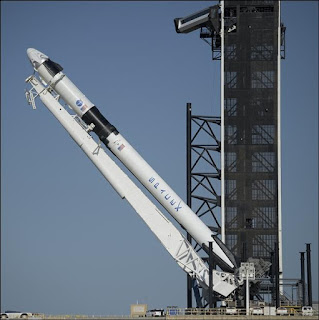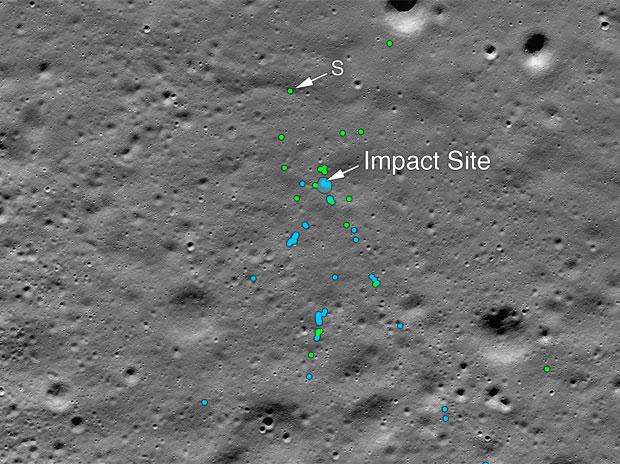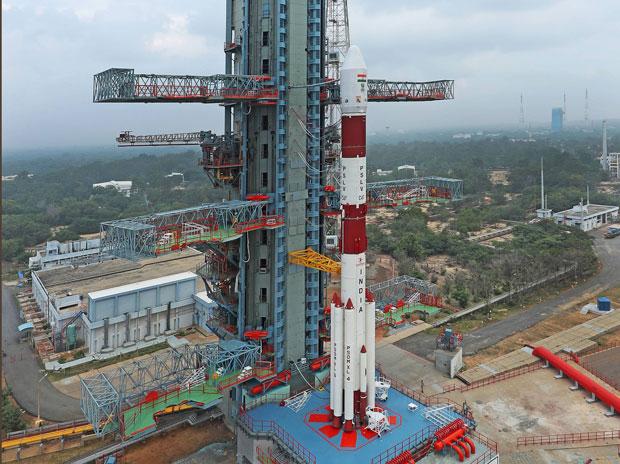India's monsoon rainfall forecast to be above average in September

India is likely to receive above average rainfall in September, the state-run weather office said on Wednesday, helping millions of farmers who had to endure patchy rains in July and August. Monsoon rains were 10% above average in June. "According to critical weather parameters, rains are most likely to be above normal in September this year," Mrutyunjay Mohapatra, Director General of the India Meteorological Department (IMD), told a news conference. The IMD defines average, or normal, rainfall as between 96% and 104% of a 50-year average of 88 cms (34 inches) for the four-month season beginning in June. After lashing the southernmost Kerala coast on June 3, the monsoon spread to two-thirds of India by the end of the first half of the month, nearly 15 days earlier than expected. And then it tapered off in the third week of June. Read More


















